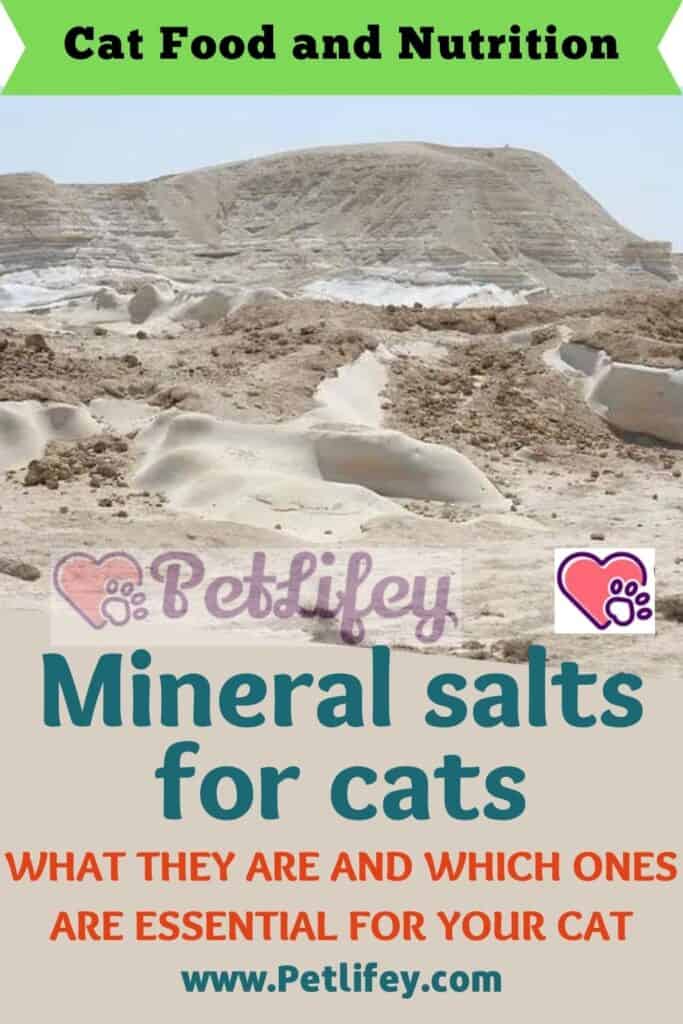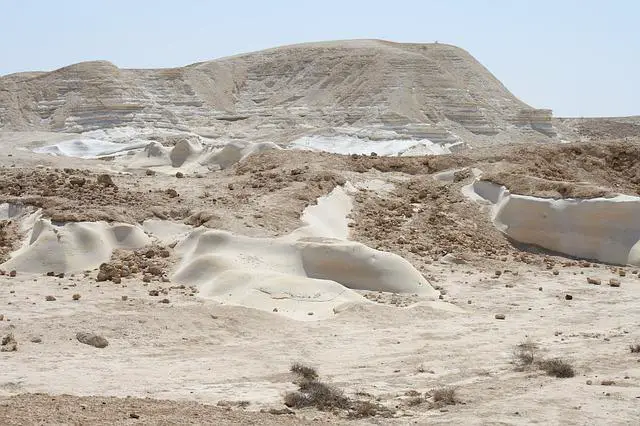
We are not always well informed about the nutrition of our pets. Do you know the importance of mineral salts for your cat? Here’s what to know.
Carbohydrates, vitamins, fats: it is not easy to extricate yourself in the midst of all this information when it comes to the nutrition of our furry pets. Very often then, we underestimate the importance of mineral salts for our cat, which should take enough. Let’s see together what to know about it!
What are mineral salts
Mineral salts are inorganic compounds that living beings take up through food and water. These are substances that make up a very heterogeneous category, and obviously they are not present in all foods; for this it is essential to have a healthy and balanced diet.
This is partly true for our furry dog: being purely carnivorous, the cat’s diet must consist almost exclusively of meat, with residual space for fish, and even less for eggs and cereals. For this reason, mineral salts are also important for the feline, but in the right measure.
What mineral salts are indispensable for the cat
Two of the most important mineral salts for our cat are calcium and phosphorus. The first, as we know, is fundamental for bones and joints. It is precisely for this reason that, while the intake of calcium in an adult cat is always important, it becomes essential for the kitten.
In fact, during the development phase, calcium participates in the formation and maintenance of bones and cartilages. As we know, calcium is found in large quantities in milk and its compounds. However, even if the cat can drink cow’s milk, it is not recommended that it be part of his diet.
Therefore we can resort to other foods, more succulent for our cat, such as anchovies, which are an excellent alternative to the few times when you can do without meat. Without forgetting that calcium is also found in water!
As far as phosphorus is concerned, this mineral salt is also fundamental for the structure of the feline skeleton, like calcium. It also constitutes the molecule of adenosine triphosphate (ATP), which is essential for storing energy in the body.
The main source of phosphorus is cereals, which the cat eats to a residual extent, however. Do not worry though: phosphorus is also found in meat, which is the main basis of the cat’s diet, without forgetting fish (above all cod, sea bream, sea bass) and eggs.
Excess of mineral salts

In the event that you make mistakes in the cat’s diet, it may happen that the animal takes in excess of mineral salts. The consequences can be different, depending on the substance too. In the hypothesis of excessive calcium intake, symptoms of constipation may arise in the cat.
In more serious cases, particularly where excess occurs during the development phase, serious problems can occur to the cat’s skeleton. On the other hand, an abuse of phosphorus perpetrated over time can contribute to the onset of kidney disease.






